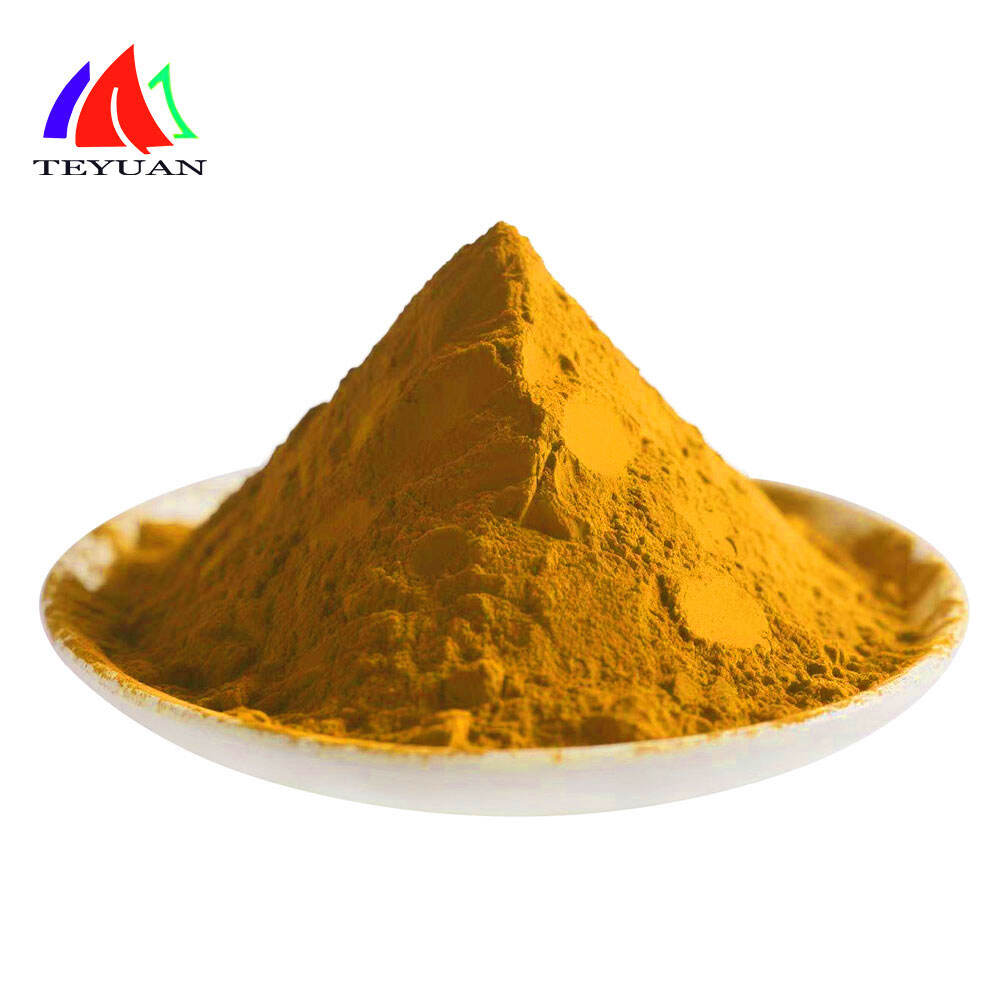Iron Oxide Yellow, also known as iron yellow or hydrated ferric oxide, is an iron oxide hydrate with a needle-like crystal form, and its chemical formula is Fe₂O₃・xH₂O. Due to differences in production methods and hydration degrees, there are significant variations in its crystal structure and physical. It is usually in the form of monohydrate, i.e., Fe₂O₃・H₂O (with a molecular weight of approximately 177.71) or FeOOH (with a molecular weight of about 88.85), presenting as a yellow powder with hues ranging from lemon yellow to orange yellow. Its relative density is 2.4–4.0, and its melting point is 350–400℃.
Iron Oxide Yellow is an alkaline oxide with stable chemical properties. It has good light resistance, weather resistance, and alkali resistance. It is insoluble in water, alkaline solutions, and ethanol, slightly soluble in dilute acids, and soluble in concentrated hydrochloric acid. It is not resistant to high temperatures: when the temperature is higher than 150–200℃, iron yellow will dehydrate and transform into red iron oxide, and the transformation process accelerates at 275–300℃. In addition, it is not acid-resistant and will decompose when exposed to acids.
Due to its excellent tinting strength and hiding power, iron oxide yellow is widely used as a colorant in paints, watercolors, rubber, inks, ceramics, leather, and artificial marble. It is also used in the production of other iron oxide pigments such as iron oxide red and iron oxide black. Food-grade iron oxide yellow can be used as a colorant in food, cosmetics, and pharmaceutical sugar coatings. In addition, iron oxide yellow is used in the preparation of magnetic powder and as a catalyst, among other applications.




Applications: